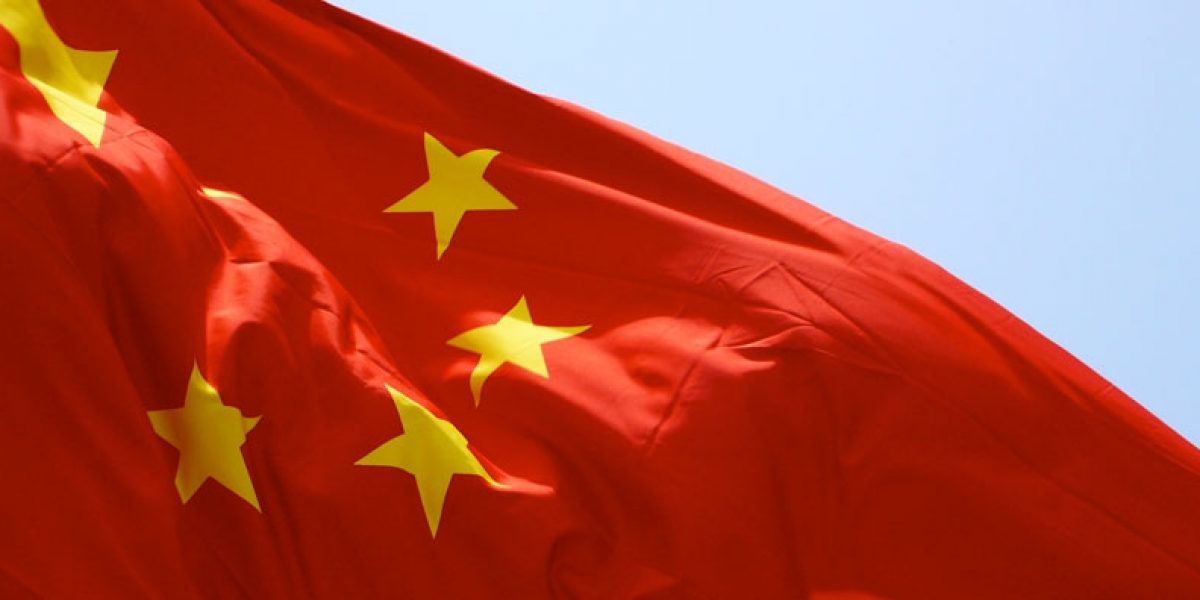On 14-15 May 2017, the Belt and Road Summit in Beijing added a greater texture to China’s commitment to globalisation. This first such meeting traces its origins to when President Xi presented his grand vision for trans-regional integration in the form of the Silk Road Economic Belt and the Maritime Silk Road (also known as the Belt and Road Initiative), four years ago. Full of the exotic imagery of the ancient Silk Road – that once carried porcelain, silver, gold and cotton across civilisations as far back as 200 BCE – it was followed by questions about whether this was just another rhetorical promise and if not, what impact it would have on countries not officially linked to the routes. However, such concern was misplaced, based on China’s record of fast implementation of agreements with other countries whether in Africa or elsewhere.
China captivated observers as it began to roll out BRI-related infrastructure projects. Notable is the railway linking the city Yiwu to London that launched on 1 January 2017. But China stated it would engage in projects not historically linked to the route. In its 2015 white paper on the grand vision it reiterated ‘the development of the [BRI] is open and inclusive, and we welcome the active participation of all countries and international and regional organizations in this initiative’.
The recent summit saw over 50 countries participate. Among the heads of state and government present were the presidents of Argentina, Chile, Indonesia, Russia, Switzerland, Turkey, Vietnam and Uzbekistan – as well as representatives of the United Nations, International Monetary Fund and World Bank. Indeed a fitting platform to ‘bolster’ a more pronounced China voice, where it also increased the $40 billion Silk Fund to $100 billion.
Many see this as China’s alternative approach to globalisation in an era where powers, like the US, seem intent on increasing protectionism and retreating from their global leadership role. For others, including BRICS stalwarts like India, the BRI smacks of a hegemonic project that not only challenges the current global order but seeks to replace it with a Sino-centric one.
Unique traits
This is not the first time that a country has sought to revive the ancient trade route. There have been attempts since the 1990s by the EU, US, Russia and even India that evoke the image of the Silk Road linking up Asia and Europe.
What makes China’s version different is the high-level endorsement by President Xi, as well as the numerous agreements – like the reported 130 transport pacts signed to date – with partner countries along the route. The overall plan aims to provide a commitment of some $1 trillion over the longer term. The BRI has been a public diplomacy opportunity, which has generated significant global interest as a result.
BRI as a negotiating platform
As the scholar Gregory Chin explains in his article China’s Bold Economic Statecraft, the current world order is one that is under constant negotiation. It increasingly comprises shifting alignments rather than alliances.
China’s approach to giving impetus to the BRI has been cautious. In the 2015 white paper, it explicitly noted the BRI cannot exist without widespread participation. It has also sought to emphasise support and promotion of the principles of the global order and even stressed that the summit was fundamentally based on building consensus.
Where does Africa fit?
President Uhuru Kenyatta of Kenya was the only African head of state in Beijing, while Egypt, Ethiopia (at Prime Minister level) and Tunisia were also present. On the various maps that have proliferated since 2013, East Africa has been the main focus of the BRI on the continent. Nevertheless the 2015 white paper and pronouncements thereafter have alluded to a much broader global geographical scope. Indeed as African countries have expressed interest, China has responded – at least rhetorically – in favour of their inclusion.
With financial ambitions of this magnitude, there is no doubt the initiative will have a ripple effect on the continent. Economically speaking, the BRI could channel China’s overcapacity in areas such as infrastructure development to Africa, a necessarily component for its industrialisation. The sixth Forum on China-Africa Cooperation (FOCAC VI) in 2015 recognised the importance of industrialisation of the continent and China also included it as an important component of its G20 agenda last year. The BRI will also link markets, beyond China, between Africa and Europe and South East Asia, while geopolitically, there is the promise of a more equitable global order compared to the current structure that neither Africa nor China helped build.
Clearly Africa’s priorities are its homegrown development plan, the African Union’s Agenda 2063, whose focus areas parallel those of the BRI.
In fact, China seems attuned to engaging Africa according to its interests. For instance, the BRI was hardly mentioned during FOCAC VI in 2015, besides the welcoming of the initiative by African leaders. Yet industrialisation and Agenda 2063 were mentioned multiple times. It would appear that China was speaking in a language that was perceived important to Africa. Thus the BRI can complement FOCAC.
It remains in the hands Africa to make the necessary linkages between national, continental and global initiatives.
The overriding concern for all initiatives is ensuring continued support. It is the national level, where agreements will become reality and where member countries themselves will determine the future of these visions. To date, the outstanding impediments remain ensuring sound security and investment environments. The private sector will be an important actor and African governments will need to promote enabling environments for this to succeed.
In an increasingly multipolar world, negotiation is the order of the day. China has developed an appreciation of the importance of such an approach. Africa needs to ensure that it does the same.








